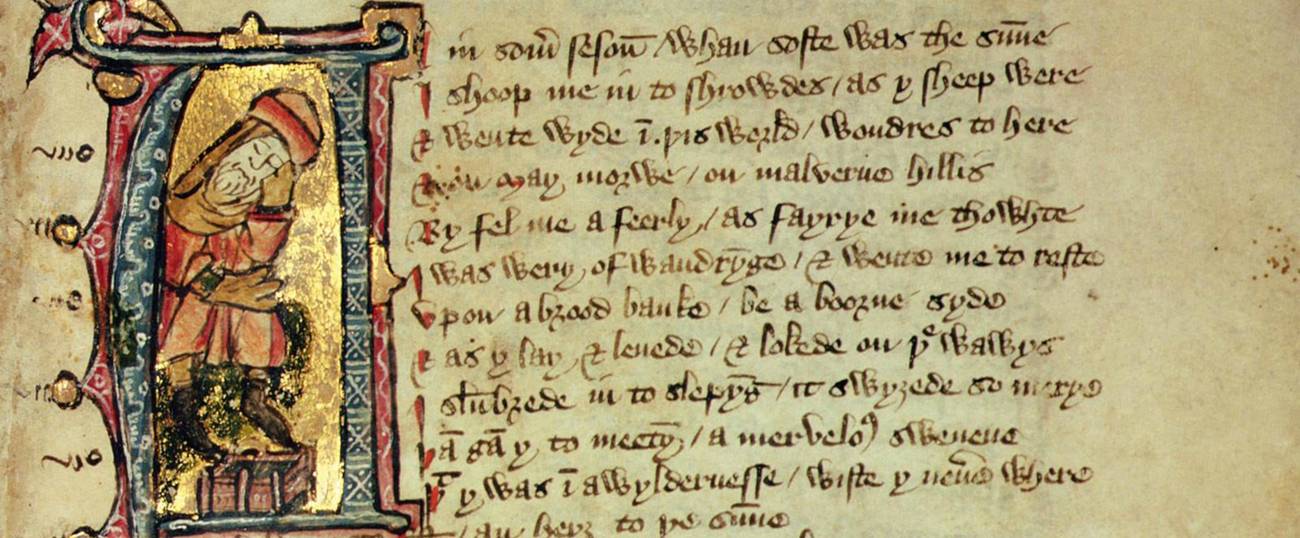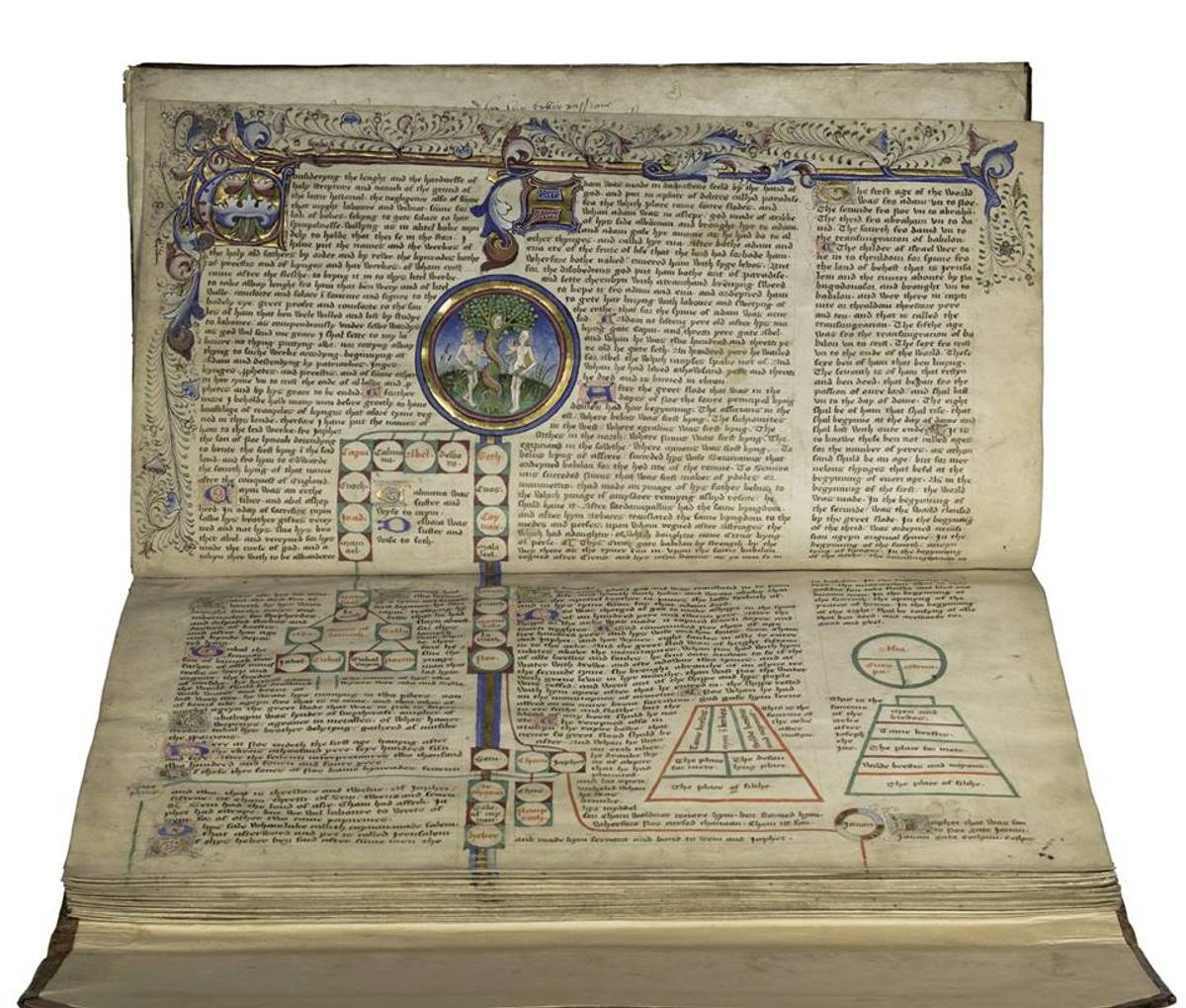Anglo-Jewish ‘Treasures’ From Oxford on Display in New York
An exhibit at the Center for Jewish History showcases rare manuscripts, including a 12th-century prayer book believed to be the oldest in existence




On Monday night at the Center for Jewish History in Manhattan, I had the opportunity to attend the opening of a very special exhibit, “500 Years of Treasures from Oxford,” a joint project of the Center for Jewish History, Yeshiva University Museum, and Corpus Christi College, one of Oxford’s 38 colleges. The exhibit coincides with the quincentenary of Corpus Christi College, and marks the first time objects from its collection have been displayed in America. The college’s founder, Bishop Richard Fox (whose impressive gold crosier is one of the few non-textual objects on display in the exhibit), was committed to a new kind of Renaissance education based in original texts, many of them classical and biblical, and it is just such “treasures” that comprise the exhibit. In that sense, it celebrates that occasion in more than a merely superficial manner, displaying the sort of texts that the college itself was founded to study.
The imperative for scholars to learn religious texts in their original languages is reflected in the multilingual nature of the exhibit, which features several Hebrew manuscripts that are annotated in Latin and Greek. It is rare to find examples of Jewish texts specifically for Christian audiences, but they are on display here. Here is one of the earliest Hebrew dictionaries and grammar books; here are Jewish religious texts annotated in Latin. The presence of vowels in the Hebrew texts, unnecessary for those who know the language with fluency, indicates their use as a learning tool for Christians. The exhibit’s multilingualism is certainly one of its draws, too. One prominent object is a French Ashkenazi siddur, believed to be one of the oldest that still exists, marked up with personal finance notes in Judeo-Arabic. Also on display are two of the oldest Rashi manuscripts in the world.

These texts may be of particular interest to Jewish studies scholars, and the exhibit celebrates a tradition of rigorous scholarship in religion—and it is, curator Peter Kidd said to me, first and foremost a “library exhibition”—but there is something for everyone. There is a manuscript of Chaucer’s The Canterbury Tales—open to “The Prioress’s Tale,” one of his more anti-semitic stories, no less—that includes instructions for illustration. Astronomers and astrologers alike will surely find edification in the displayed books on astrology and the zodiac, a letter from Sir Isaac Newton, and Galileo Galilei’s notes on observing for the first time the surface of the moon through a telescope. And the exhibit is not without moments of pure whimsy: among the beautiful illuminated manuscripts, decorated with rich colors and gilding, one text features a small dancing dog, which has no clear connection to the text it accompanies. When I asked Kidd to point me to one of his favorite objects in the collection, he chose what appeared to be an ordinary wooden chest. In fact, it was the designated storage place for Corpus Christi’s original charter, and it shows that the tradition of pettiness in college administrative politics is nothing new: in an effort to prevent a power-hungry administrator from amending the document for selfish gains, it had three locks, the keys to which were in three different hands–and it was then placed in a larger chest, also with three locks, which was then placed in a vault with three locks. Such objects keep the exhibit from feeling stiflingly academic–and made me better able to appreciate the academic gems by comparison.
Perusing the fifty-odd items that comprise the exhibit, one gets the sense that they are only the tip of the iceberg as far as Corpus Christi’s collection of textual treasures goes. Indeed, Kidd spoke about the difficulty of whittling down the list of objects to be included in the exhibit. “The collection is so rich and so large,” he said, so it was a challenge to decide what to omit. For instance, a twelfth-century manuscript bound in otter skin, believed to be the only one of its kind in the world, was too fragile to make the trip across the Atlantic. Alas.
500 Years of Treasures from Oxford is on view at the Center for Jewish History through Aug. 6.
Miranda Cooper is an editorial intern at Tablet. Follow her on Twitter here.